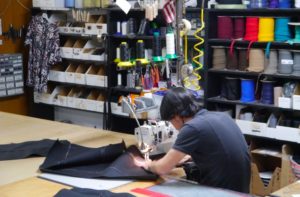
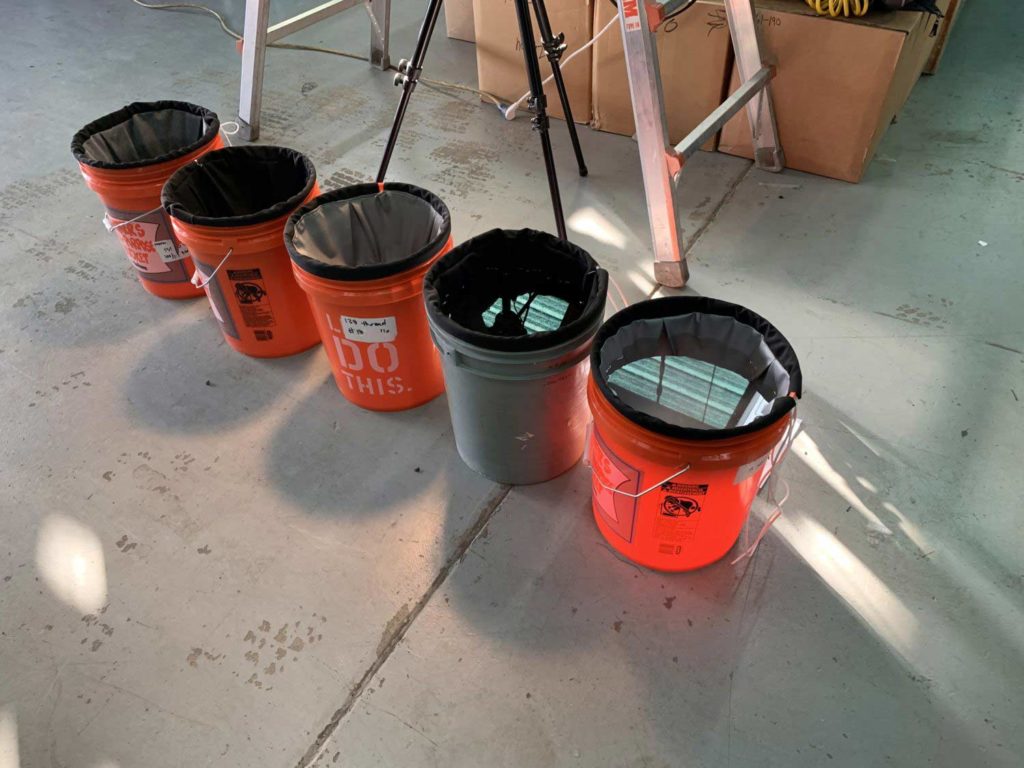
The Leaky Seam
As our company has grown, we’ve seen an increase in orders nationwide. One of our top sellers, the Double Up Storage Cover, is particularly popular. However, last fall, we had to refund two orders shipped to Seattle due to water leakage. While this was a first for us, having two issues in the same month prompted an immediate investigation—we wouldn’t want water in our boats either.
Tackling the Issue
Our first step was testing the fabric to ensure it wasn’t the source of the leaks, and it passed with flying colors. Next, we contacted our vendors to discuss the materials and techniques we use. Quality Thread sent us various thread and needle combinations to test, while Trivantage shared insights from fabricators in the rainy Northwest about how they manage similar challenges. Armed with new ideas, we set out to run our own tests.
The Seam Test
We designed cone-shaped fabric bags with a continuous seam, allowing us to evaluate different needle and thread combinations for water resistance. Using Aqualon Edge fabric, we sewed five bags, each with a unique combination:
- Groz-Beckert #16 Needle with Solarfix 1350D PTFE Thread (Control)
- Groz-Beckert #18 San 6 Needle with Solarfix 3000D PTFE Thread
- Groz-Beckert #18 San 6 Needle with Solarfix 2400D PTFE Thread
- Groz-Beckert #14 Needle with Solarfix 2000D PTFE Thread
- Groz-Beckert #18 San 6 Needle with SunGuard 138 Polyester Thread
We tied the bags to buckets, filled each with a gallon of water, and recorded the results.
https://youtu.be/i4RsSFoAnOs
What We Discovered
Unsurprisingly, the SunGuard polyester thread performed the best. Polyester threads swell when wet, effectively sealing holes, unlike PTFE threads, which don’t absorb water. The #14 needle paired with 2000D PTFE thread came in second, thanks to its smaller needle size. Unfortunately, our current setup (#16 needle with 1350D PTFE thread) fared the worst.
Digging Deeper
Still puzzled by the recent failures, we ran additional tests. This time, we treated seams with IOSSO Seam Sealer, HH-66 adhesive, and even plain dirt, as some seasoned fabricators suggested that debris naturally seals holes over time. Surprisingly, the dirt-treated seam performed nearly as well as the SunGuard polyester thread. It turns out those old-school tips had merit.
https://youtu.be/6XSoof9t7F0
Key Takeaways
- Adjust Manufacturing Practices: Using smaller needles and larger threads, or even polyester thread in wetter climates, can significantly improve seam performance.
- Allow Time for Natural Sealing: Dirt and debris can help seal seams, especially in areas with consistent rainfall.
In the case of our Seattle customers, the leaks were likely due to the covers being installed just before a two-week rainstorm, leaving no time for dirt to settle in the seams. Coupled with our existing setup, it created the perfect storm for leaks.
Moving Forward
We’ve revised our manufacturing practices to address these findings and remain committed to providing the best solutions for all climates. To learn more about how we test our fabrics for water resistance, check out our How Water Proof blog.
Recent Posts

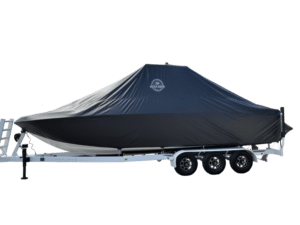
The Value of Craftsmanship: Why SewLong Covers are Worth the Investment
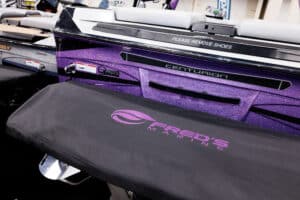
Boost Your Brand with Custom-Branded Boat Covers
Featured Posts
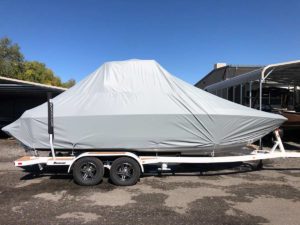
One Size Fits All?
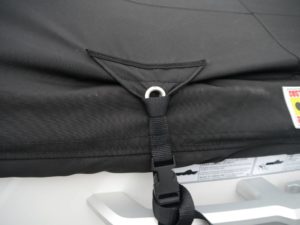
Cinch Vs. Ratchet: Fabrication
